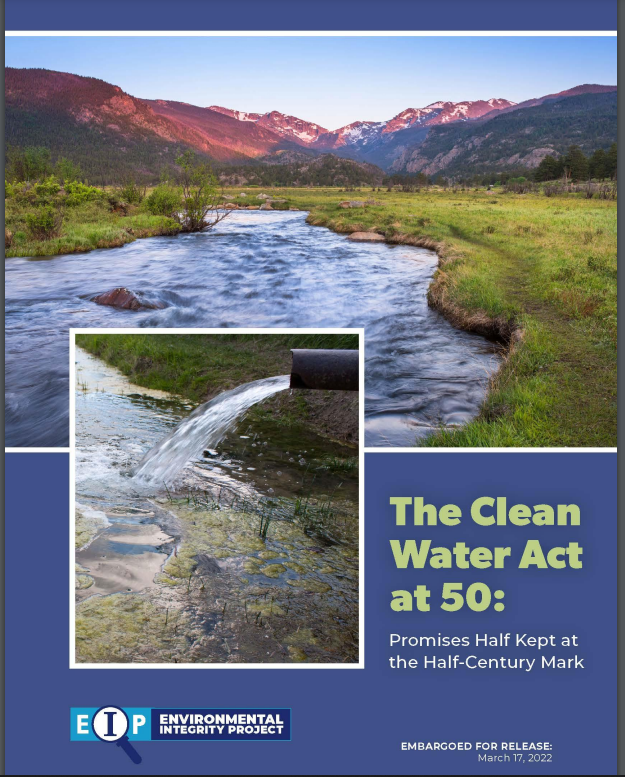What can be done to close the gaps between the Clean Water Act’s lofty goals and reality?
The Clean Water Act at 50 report offers several solutions as the law’s half-century birthday approaches (the Act passed the U.S. House on an initial vote on March 29, 1972, and became law on Oct. 18, following votes by the Senate and House to override President Nixon’s veto.)
0 Comments
Your comment will be posted after it is approved.
Leave a Reply. |
| LWV Upper Mississippi River Region | UMRR blog |

 RSS Feed
RSS Feed